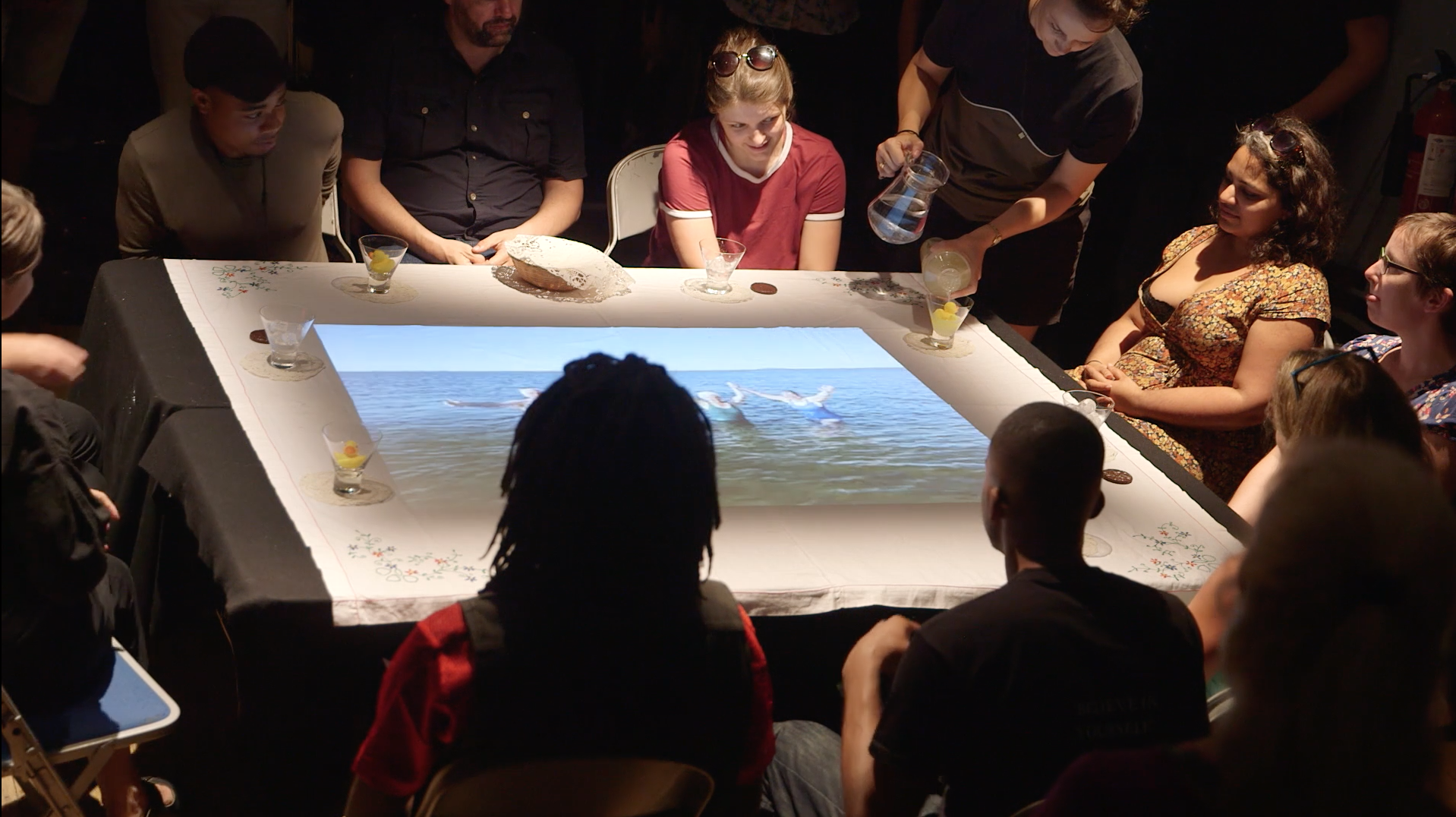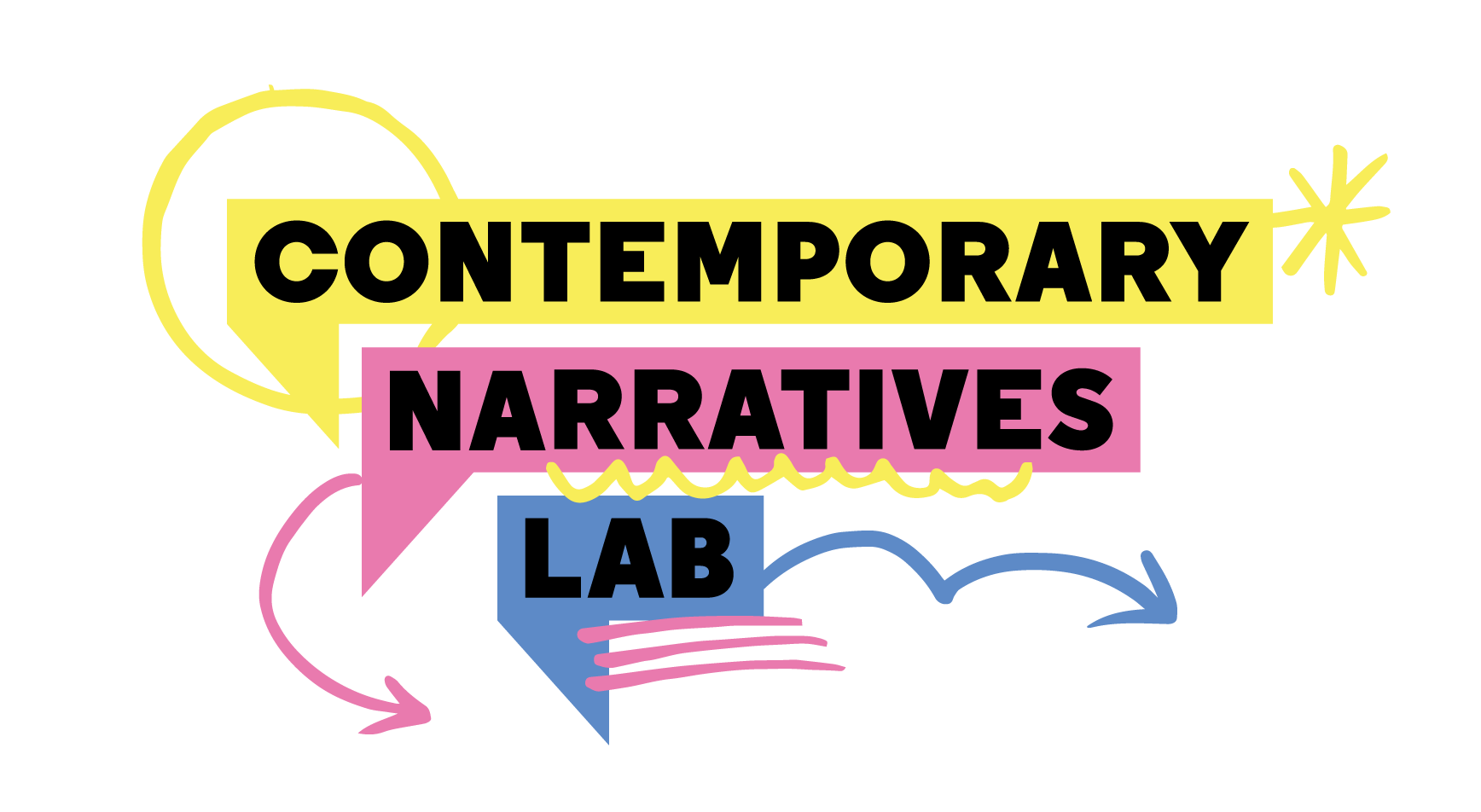Actions from the afterlife
Rhiannon Armstrong / Emma Jacobs
Rhiannon chose to work Emma Jacobs’ story on ‘grief tech’, or How technology is changing the way we grieve. In her piece, Emma wrote about technology such as AI chatbots and digital monuments that sought to help people communicate their loss and process their grief.
“With so much anguish about technology ruining people’s ability to forge human connections, grief tech feels, perversely, rather cathartic to me,” Emma wrote in her story. “Strip out the exuberance of tech inventors and what you find is nothing new — just the latest machine through which to process grief.”
Rhiannon created an interactive piece that asked participants sat around a table to perform actions on behalf of others in the audience. It represented the commemorative rituals we do for those who have died, and argues that it is those actions that make up their afterlife. This provided a jumping off point to explore how we do things for and on behalf of others as part of our online life, of private grief vs public ritual, and, crucially, who profits from digital acts of remembrance.
It’s a live piece of work. “Thinking, feeling and doing are all part of the experience,” Rhiannon said. This meant careful control of the pacing to “put space in there for audiences to have their own thought processes and make their own connections”.

Rhiannon Armstrong makes work under the lifelong series title Instructions for Empathetic Living. She places conversation at the centre of her practice in order to address important subjects in an accessible manner.
Emma Jacobs writes features and interviews across the Financial Times, including for Weekend and UK news. She has a particular focus on Business Life, exploring business culture and entrepreneurship. Her new column Working Lives takes a look at thriving and dying jobs amid the economic downturn.
